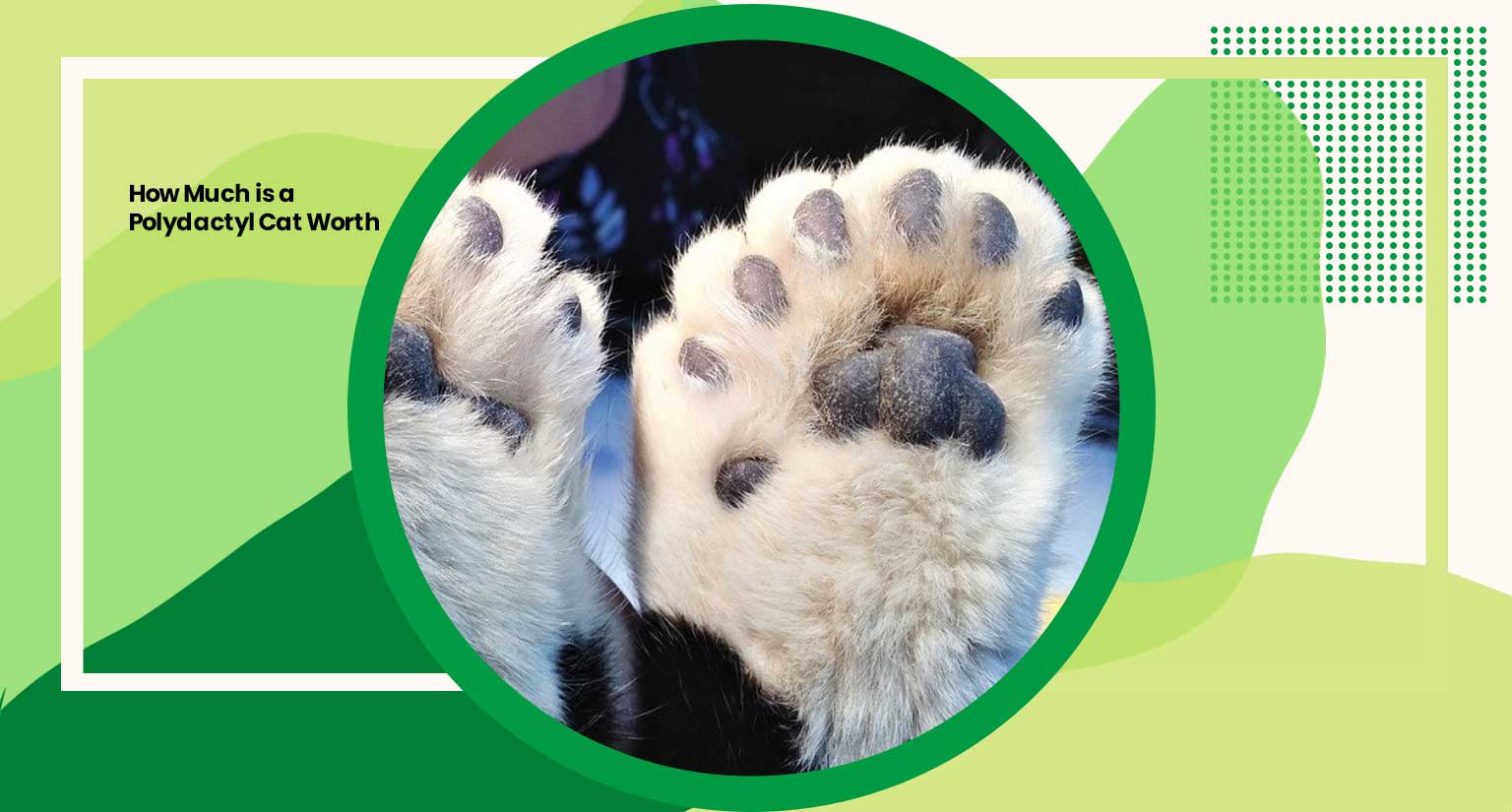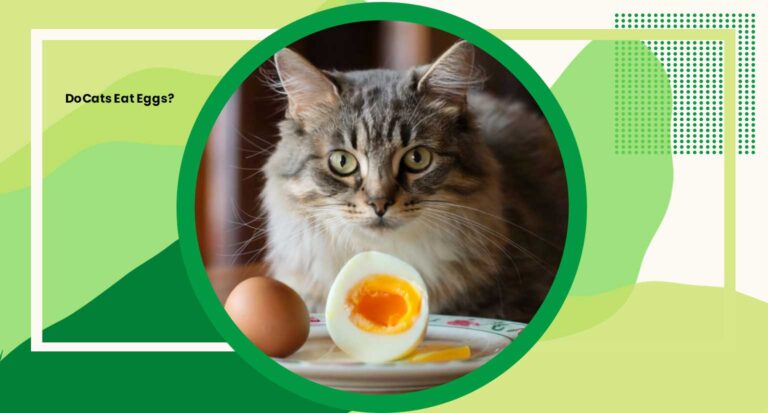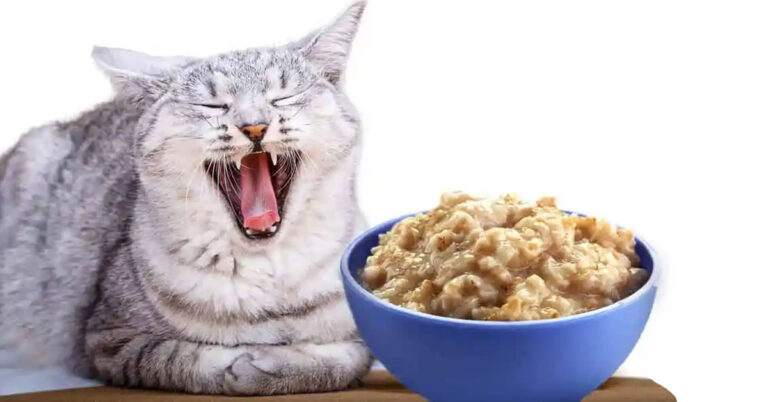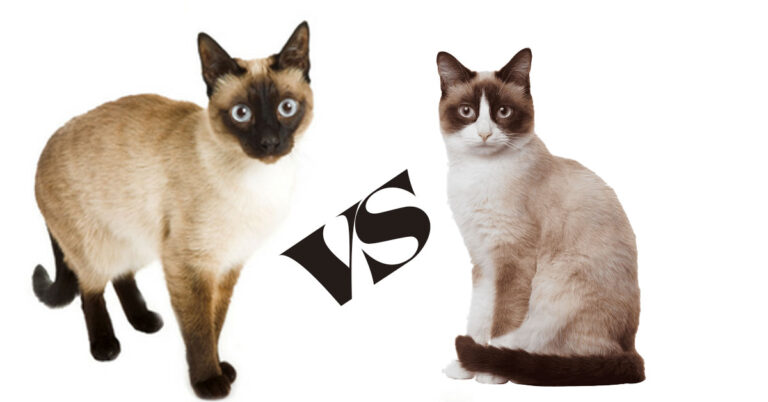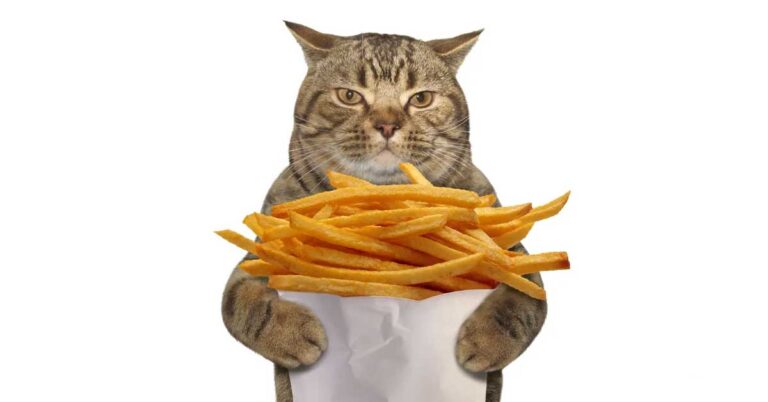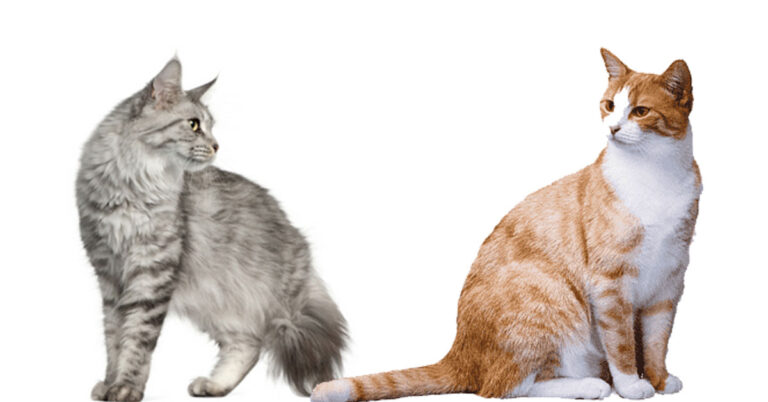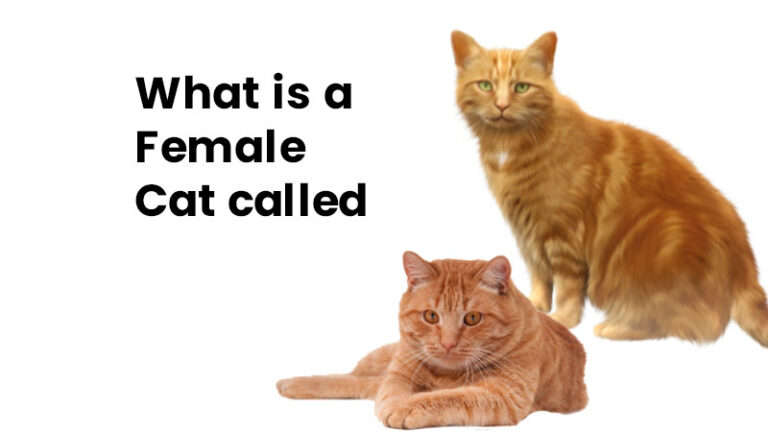How Much is a Polydactyl Cat Worth?
In the world of feline companionship, polydactyl cats add an extra dash of intrigue with their unique genetic feature – extra toes!
Whether you’re a seasoned cat enthusiast or a prospective pet owner, the question lingering in the air is undeniable: How much is a polydactyl cat worth?
Let’s delve into the fascinating world of these captivating creatures and explore the factors that determine their value.
What is the life expectancy of a polydactyl cat?
Polydactyl cats, those charming creatures adorned with extra toes, embark on a journey of companionship that can span a significant portion of your life.
Delving into the intricacies of their longevity provides valuable insights for both current and prospective pet parents.
Polydactyl felines, on average, grace households with their presence for an impressive 12 to 15 years.
However, the nuances of their individual journey depend on various factors that conscientious owners should consider:
Genetics
The foundation of a polydactyl cat’s lifespan lies in its genetic makeup. Understanding the lineage and potential health predispositions can contribute to a proactive approach in ensuring a long and healthy life.
Lifestyle
The day-to-day life of a polydactyl cat significantly influences its overall well-being. Providing a stimulating environment with ample opportunities for exercise and mental engagement can enhance both physical and mental health.
Nutrition
A well-balanced diet tailored to the unique needs of polydactyl cats is paramount. High-quality cat food, proper hydration, and periodic veterinary check-ups contribute to their overall health and longevity.
Healthcare Routine
Regular veterinary visits for vaccinations, preventive care, and prompt attention to any health concerns can be instrumental in ensuring a polydactyl cat’s well-being throughout its life.
As you embark on the journey of companionship with a polydactyl cat, understanding and embracing these factors can lead to a fulfilling and enduring bond, making every moment spent together truly priceless.
How much is a polydactyl cat worth?
The value of a polydactyl cat transcends mere monetary considerations; however, discerning their worth involves various aspects that reflect their uniqueness and desirability in the feline world.
Several factors contribute to determining the price range for these captivating creatures.
Price of Distinctiveness
Determining the worth of a polydactyl cat involves a nuanced evaluation encompassing various elements that contribute to their allure and appeal.
Factors Influencing a Polydactyl Cat’s Worth
Beyond the monetary aspect, these unique felines possess intrinsic value rooted in their distinctive genetic makeup and captivating characteristics.
Let’s delve deeper into the factors that play a pivotal role in assessing the value of a polydactyl cat:
Breed Rarity and Type
While polydactylism isn’t exclusive to any single breed, certain breeds, like the Maine Coon or American Shorthair, are often associated with this endearing trait.
Rarity within a particular breed or type can significantly influence a polydactyl cat’s worth. For instance, a polydactyl with a distinct breed lineage may hold higher value due to its unique genetic makeup.
Pedigree and Lineage
A documented pedigree with a distinguished lineage can augment a polydactyl cat’s value. An ancestry tracing back to well-known or celebrated polydactyl cats can elevate their desirability and, consequently, their price.
Physical Characteristics
Beyond the enchanting extra toes, a polydactyl cat’s worth can be influenced by other physical attributes.
Coat color, pattern, eye color, and distinct markings contribute to their individuality and may increase their value. Unusual or rare combinations of these traits can make a polydactyl cat more sought after in the market.
Health and Genetic Background
A clean bill of health and a robust genetic background without hereditary health issues are invaluable aspects.
Cats with health certifications and a documented health history may command higher prices due to the assurance of their well-being.
Demand and Popularity
The whims of demand and the sway of popularity have a significant impact.
If there’s an upsurge in demand, possibly driven by social media trends or celebrity endorsement of polydactyl cats, their value in the market may surge.
Geographic Influence
Pricing dynamics can vary based on geographic location and local demand. Urban areas, for example, may witness higher prices owing to increased interest and a greater population willing to pay for unique and unusual pets.
Understanding these multifaceted aspects is crucial for both sellers and prospective owners.
Breed Information
Polydactyl cats, with their endearing extra toes, bring a touch of uniqueness to the world of feline companionship.
Here’s a detailed exploration of various aspects that define these captivating creatures:
| Aspect | Description |
|---|---|
| Breed | Polydactylism can occur in various breeds, such as Maine Coon, American Shorthair, and Hemingway cats. |
| Size | Varies based on breed; breeds like Maine Coons tend to be larger. |
| Coat | Diverse coat types from long-haired to short-haired, depending on breed. |
| Lap Cat | Affectionate and sociable, often enjoying lap time with their humans. |
| Life Span | Average lifespan ranges from 12 to 15 years with proper care. |
| Temperament | Amiable, gentle, and adaptable to various environments. |
| Affectionate | Expresses love through gentle gestures and seeks human attention. |
| Intelligent | Quick learners and enjoy mentally stimulating activities. |
| Playful | Enjoys interactive toys and games that engage curiosity. |
| Social | Often gets along well with other pets and welcomes guests. |
| Weight | Varies by breed; Maine Coons tend to be larger and heavier. |
| Colors | Wide array of colors and patterns, depending on breed. |
| Kitten Prices | Varies based on breed, lineage, and physical characteristics. |
Are polydactyl cats male or female?
Polydactylism, the enchanting anomaly characterized by the presence of extra toes, is a genetic quirk that transcends the boundaries of gender in feline companions.
Understanding the intricacies of polydactylism and its lack of gender specificity provides a fascinating glimpse into the diversity of cats.
Polydactylism Unveiled
Polydactyl cats, whether male or female, exhibit this captivating feature due to a genetic mutation that influences the development of their paws.
This mutation results in the formation of additional toes, creating an endearing and distinctive trait that sets them apart from their non-polydactyl counterparts.
No Discrimination by Gender
Unlike certain genetic traits that may be linked to gender, polydactylism doesn’t favor one over the other.
Whether you have a male or female cat, the possibility of encountering a polydactyl gem remains equally probable.
This lack of gender association adds an extra layer of unpredictability and charm to the world of feline genetics.
Embracing Diversity
The absence of gender boundaries in polydactylism highlights the rich genetic diversity within cat populations.
Each polydactyl cat, regardless of gender, becomes a living testament to the intricate and sometimes unpredictable nature of genetic variations in our feline friends.
Embracing the charm of polydactylism, irrespective of gender, adds a delightful layer of surprise and uniqueness to the already enchanting world of feline companionship.
Polydactyl Cats: Are polydactyl cats disabled?
Truth About Polydactylism and Disability
In the world of feline genetics, polydactylism stands out as a unique and endearing trait, marked by the presence of additional toes.
However, the presence of these extra digits doesn’t inherently classify polydactyl cats as disabled. Instead, it’s a charming anomaly that often sparks curiosity about its impact on their mobility and overall well-being.
Nature of Polydactylism
Polydactylism, stemming from a genetic mutation, results in additional toes on a cat’s paw.
This mutation doesn’t necessarily hinder a cat’s ability to function or navigate its environment. In fact, many polydactyl cats adapt seamlessly and exhibit no signs of physical limitation due to their extra toes.
Enhanced Dexterity
Interestingly, some experts suggest that the extra toes might offer certain advantages. The additional digits can provide a broader surface area, potentially enhancing a cat’s dexterity.
This unique anatomy might even grant them a better grip, aiding in activities like climbing or grasping objects.
Rare Instances of Challenges
While most polydactyl cats lead normal, active lives, in rare cases, certain types of polydactylism—particularly those involving larger numbers of extra toes—might lead to minor challenges.
Cats with extreme cases of polydactylism might experience difficulties with nail maintenance or fitting into conventional cat accessories, like standard-sized scratching posts or kitty shoes.
Medical Care and Considerations
Owners of polydactyl cats should provide regular veterinary care, paying specific attention to the extra toes to ensure they don’t cause discomfort or pose health risks.
Trimming nails and monitoring for any signs of irritation or difficulty in movement can help mitigate any potential issues associated with polydactylism.
Unique and Extraordinary
Overall, while the presence of extra toes might raise questions about disability, most polydactyl cats lead fulfilling lives without any notable limitations.
Their extra toes often add to their charm, making them unique and extraordinary members of the feline family.
While polydactylism is a distinct feature, it doesn’t necessarily equate to disability in cats. Instead, it showcases the diversity and wonder of genetic variations, highlighting the adaptability and resilience of these remarkable feline companions.
Frequently asked Questions ( FAQs)
1. What is a polydactyl cat?
A polydactyl cat is a feline with a genetic anomaly resulting in extra toes on one or more of its paws. Instead of the typical 18 toes (five on each front paw and four on each back paw), polydactyl cats can have more, creating an endearing and distinctive appearance.
2. Are polydactyl cats considered disabled?
Not necessarily. While polydactylism might seem like a disability, most polydactyl cats adapt well to their extra toes and lead normal, active lives. In rare cases, extreme forms of polydactylism with numerous extra toes might pose minor challenges, but it doesn’t typically hinder their mobility or overall well-being.
3. What breeds can be polydactyl?
Polydactylism can occur in various breeds, but it’s commonly associated with certain breeds such as the Maine Coon, American Shorthair, and Hemingway cats. However, any breed or mixed-breed cat can exhibit polydactylism.
4. Do extra toes affect a polydactyl cat’s health?
In most cases, the presence of extra toes doesn’t impact a polydactyl cat’s health. However, owners should monitor their cat’s extra toes for any signs of irritation, difficulty in movement, or nail overgrowth that might require attention during regular grooming or veterinary check-ups.
5. Are polydactyl cats more expensive?
The price of a polydactyl cat can vary based on factors like breed, lineage, and physical characteristics. While some people may value their uniqueness and be willing to pay more, prices can range from standard to slightly higher than non-polydactyl cats, depending on demand and specific traits.
6. Can polydactylism be passed on to offspring?
Yes, the genetic mutation responsible for polydactylism can be passed down to offspring. If both parent cats carry the gene, there’s a possibility that their kittens might also exhibit polydactylism.
7. How can I care for a polydactyl cat’s extra toes?
Regular grooming, including nail trimming, is essential for polydactyl cats to prevent overgrowth and discomfort. Owners should also provide a suitable environment and accessories that accommodate their unique paw structure.

